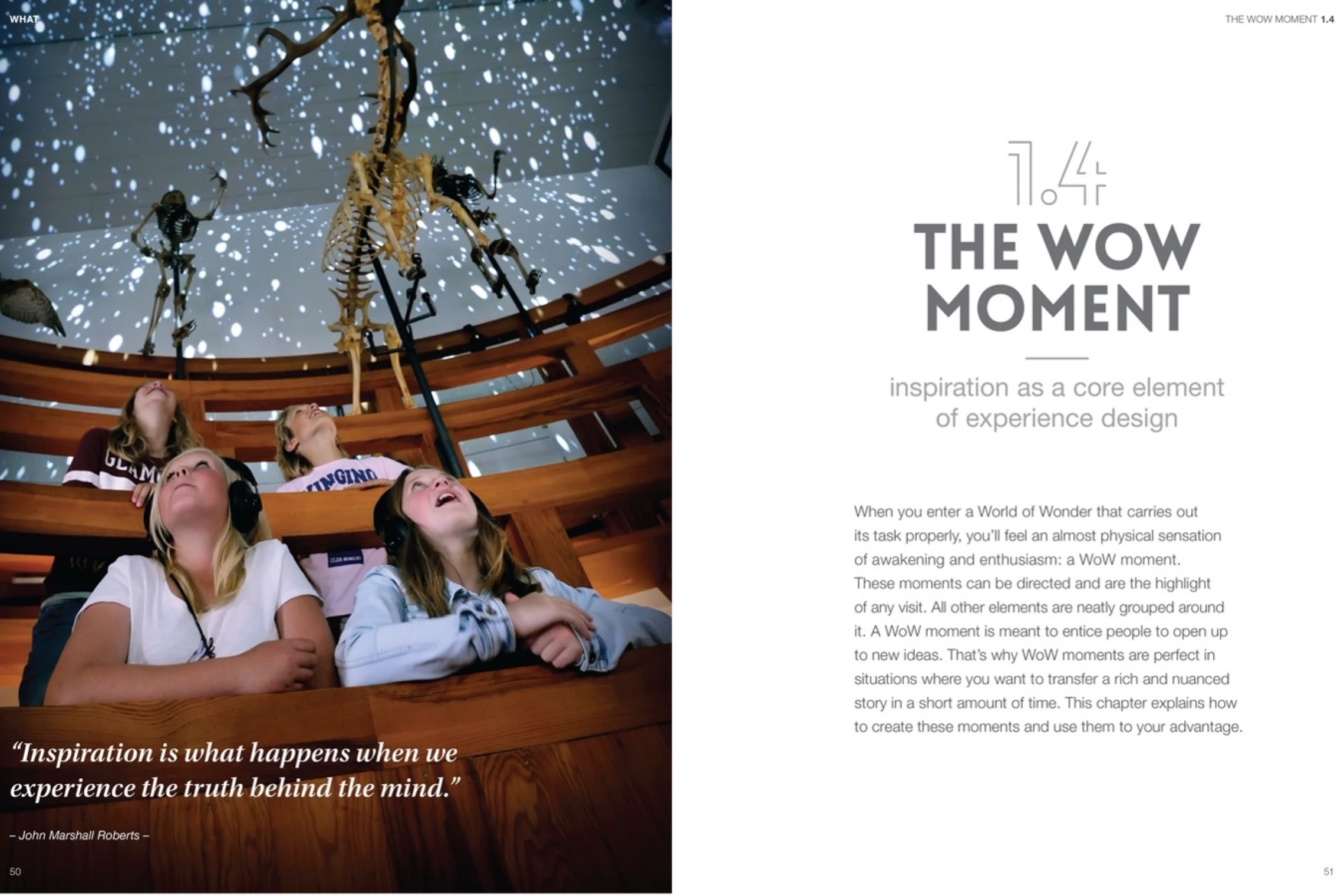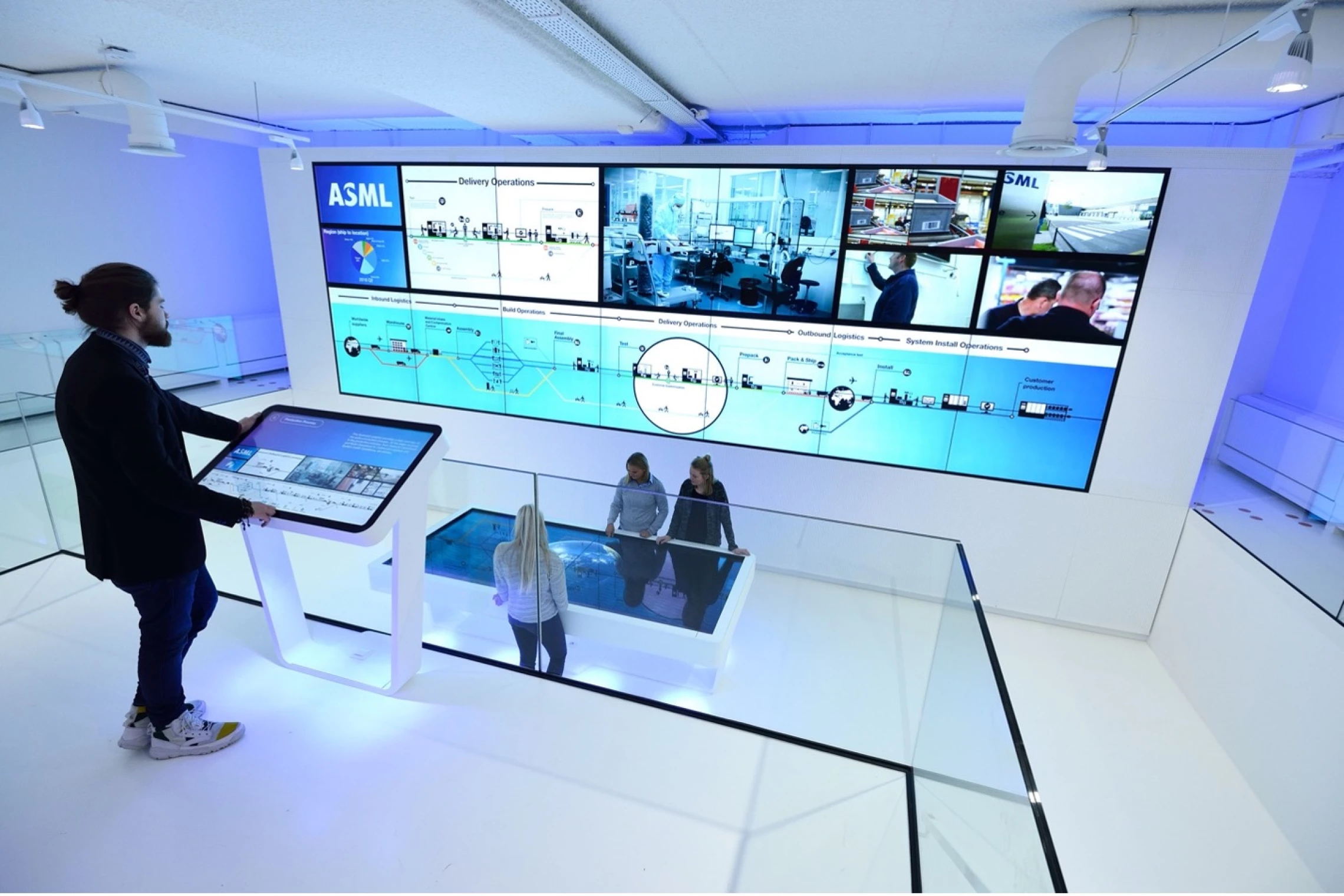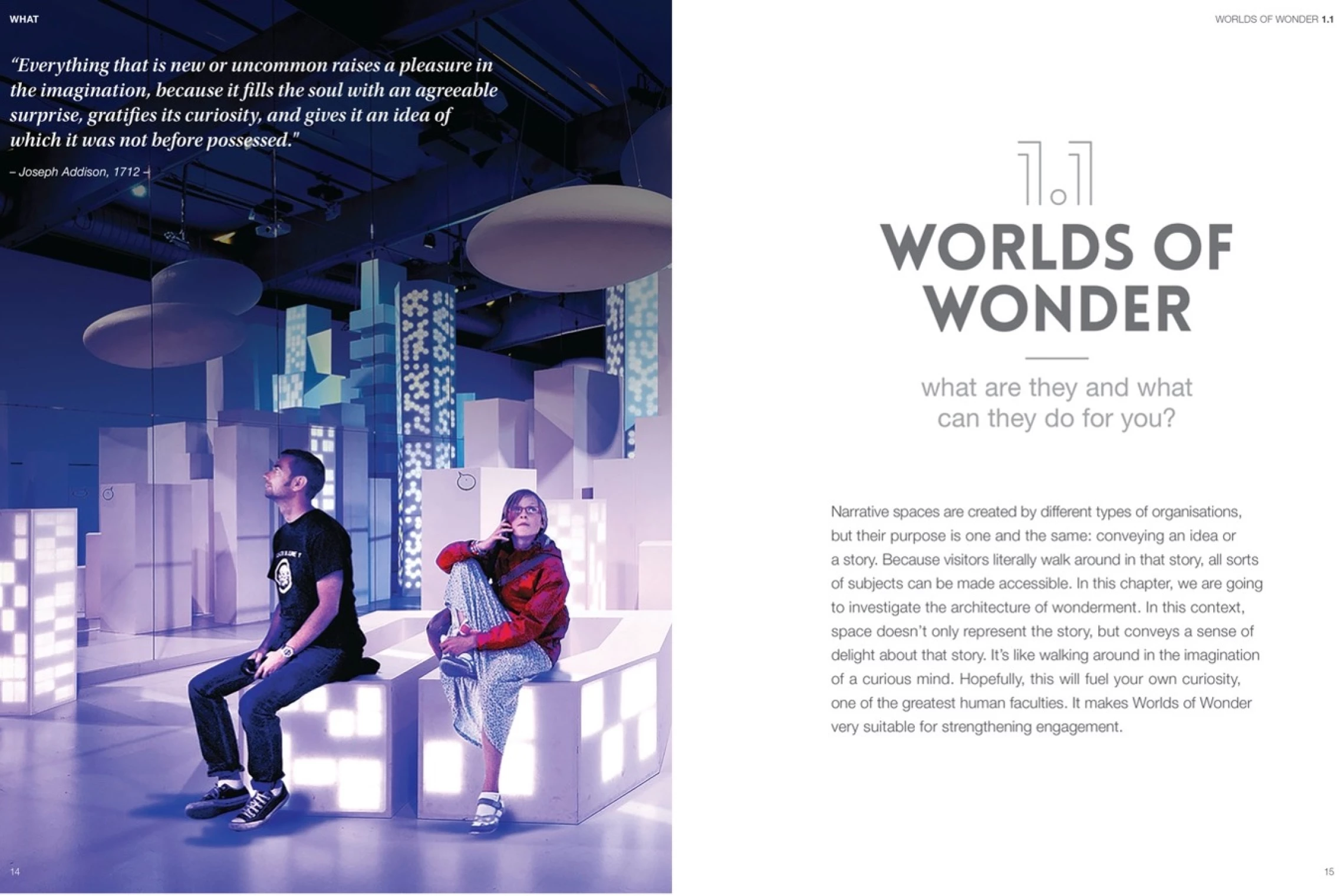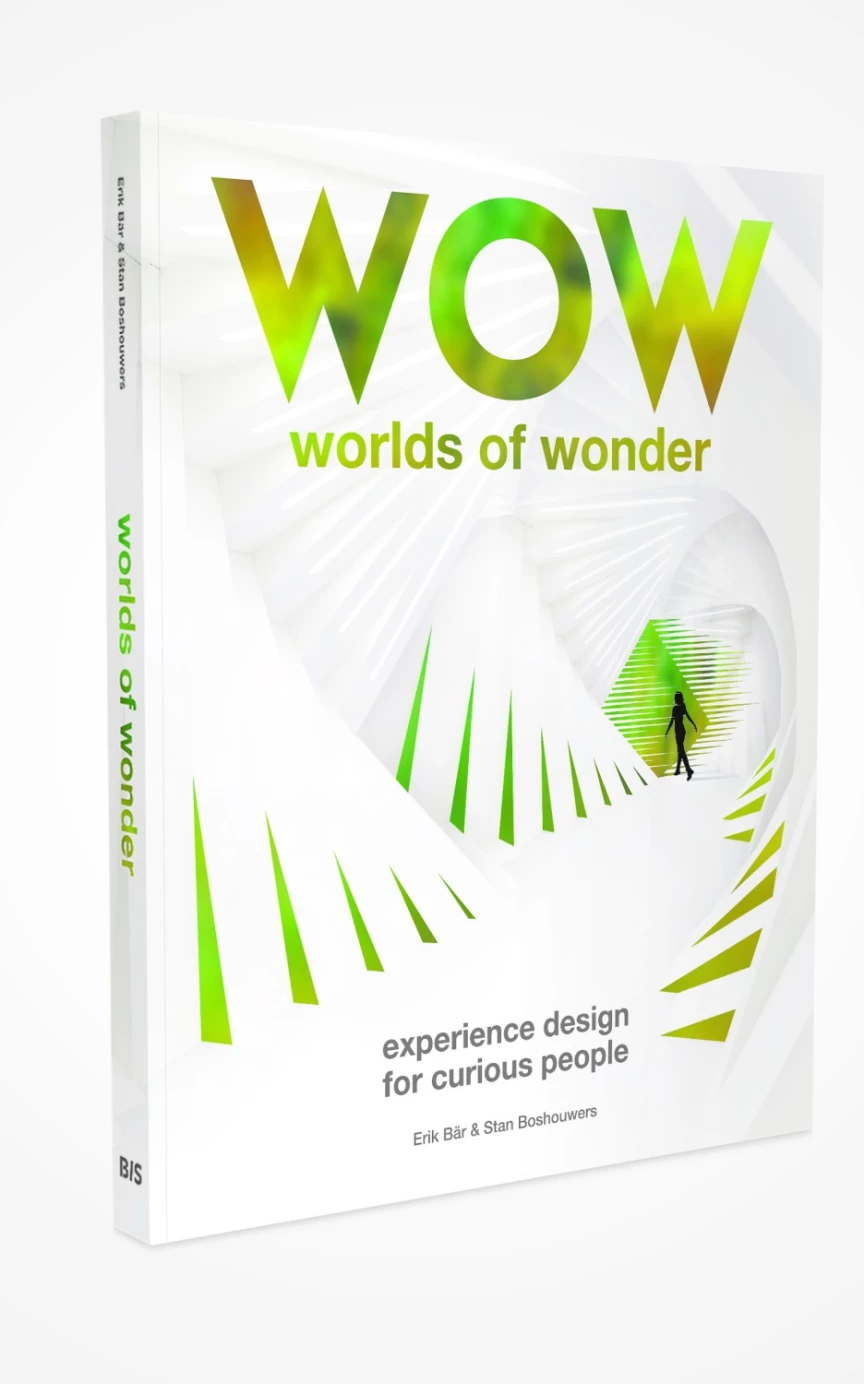we are experience designers
I want an experience
Is 'experience' the new magic word for attracting new talent, finding clients, or becoming popular in another way? Or is it yet another empty buzzword, revealing that we no longer know how to stand out from the crowd? Worlds of Wonder, experience design for curious people lays a solid foundation for the concept and carefully determines when it works – and when it does not.
“This is where we’ve put the experience room!”, architects often tell me and my business partner Erik Bär, referring to the shaded areas in the floor plans of the new head offices of progressive brands. We are the founders of an agency for experience communication, Tinker imagineers, and we are often called in to develop and realise corporate experiences or ‘Experience Design’, as it is called in marketing lingo. It is applied in just about every sector that wants to convey its story in a lasting way. Museums or major brands, and even hospitals, universities, and shops. This makes experience design, or XD for short, one of the hottest forms of modern communication.
Confluence
Back to the architects and their plans. Most experience centres manifest as shaded areas in an otherwise detailed design. “That's because everyone wants experience, but nobody knows what it really means. Modern media technology allows classrooms, hospital rooms, showrooms, and play halls to be turned into what can best be described as ‘narrative spaces’, or ‘wonder rooms’.” More and more organisations are setting up such rooms to explain to their guests what it is that they are doing.


The war on talent
Take ASML, for instance, one of the smartest companies in the Netherlands. With a turnover of ten billion euros and a maximum of fifteen customers worldwide, they hardly need to worry about marketing. But ASML faces tough competition, too: for talent. Every year, the company needs more than a thousand of the best and the brightest to realise its dizzying innovation plans. And it is precisely those men and women who are also headhunted by other brands.
And so, ASML ordered an experience centre where young talent can get to know the world of ASML in the space of two hours. What does the company do? Who works there? What happens under the hood? What is the corporate story? The centre is visited by around two hundred people a day. Much more than originally planned, because ASML employees use the centre as well. And the reason? "Finally, there is a place where they explain in an accessible way what your partner of parent does for a living.”


This is a typical example of the effective use of experience communication. It originated in the entertainment world: Walt Disney and the Dutch theme park De Efteling were definitely pioneers. Their guests are immersed in the worlds of stories they created. Our time calls for new centres, in the real world or online.
When do you build an experience centre?
It's quite simple, really: if you can tell your story in 3 seconds, use a billboard or a banner. If you need thirty seconds, consider a website or a TV commercial. The average time spent on a website is between 2 and 200 seconds, so that is definitely an option. However, if you want people to dedicate half an hour to two hours to your story, to really immerse themselves in it and experience it with all their senses, you might want to think about the age-old solution: create your own hangout. Invite guests and treat them like royalty. Tell your story well and let them play around with it. Finally, let them interact with the story to make it their own. This way, you will do more than gain followers, you will create ambassadors for your story. No other medium penetrates the mind like the theatre does.


What, why, how?
Worlds of Wonder, experience design for curious people elaborates on the what, why, and how of experience design. It discusses which contemporary brands across sectors furnish such spaces, why they also meet the public's needs, and what conditions they need to succeed. It describes step by step how to organise a world of wonder. From the first idea ("We want an experience") to the exploitation of an experience centre. This way, everyone can build their own theme park.
Worlds of Wonder is available via www.bispublishers.com

